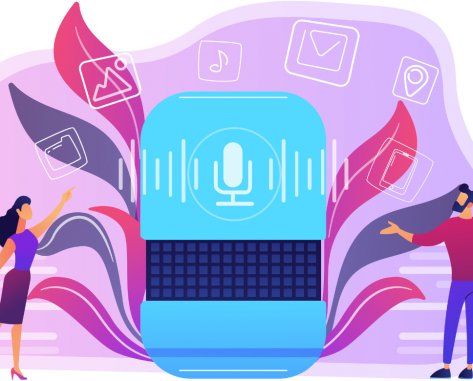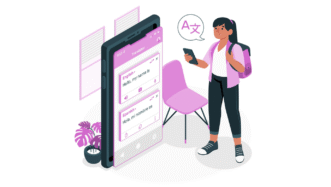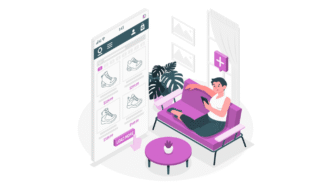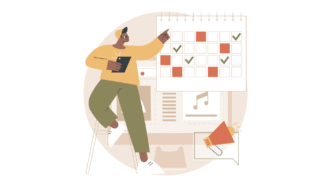LESSON OVERVIEW
In this lesson, students learn and practise using verbs with prepositions, as well as verbs without prepositions. They also read texts about virtual assistants and discuss the topic in depth using the new language.
VERBS WITH PREPOSITIONS
The lesson starts with a warm-up activity in which students order six activities (e.g. discussing weekly plans with colleagues, calling people to schedule meetings) from the one that takes the most of their time to the one that takes the least. Then, students look at six verb phrases and find one which requires a preposition. Next, they decide which verbs in pairs of phrases take prepositions, and which don’t (e.g. talk about plans, discuss plans). Students get more practice of using verbs with prepositions in the next task, where they complete sentences with their own ideas (e.g. In a job interview, I hate when an interviewer asks…). Finally, students discuss how busy they are at work, if they get any help from their colleagues, and whether they have an assistant.
READING AND SPEAKING
In this part of the lesson, students read three descriptions of virtual assistants. They also read some statements and decide which virtual assistant they refer to. After the reading task, they discuss the idea of a virtual assistant and decide which of the three they would choose. They also decide what tasks virtual assistants could do for them (e.g. answer an email, contact a doctor). Finally, students create a virtual assistant for a specific group of people (e.g. software engineers, elderly people who live alone). They think of a name for it and a way to activate its functions. Then, they present their ideas to other students. They do it using some useful phrases (e.g. To activate it, you have to…, Another great feature is…) and verbs with and without prepositions they practised in the lesson.
Subscribe to unlock these and many other Standalone lesson lesson plans with the Unlimited planWORKSHEETS














This is an insightful lesson for students at a lower proficiency level. What I found particularly beneficial is the juxtaposition of commonly misused prepositional/non-prepositional phrases caused by negative transfer from L1. My students thoroughly enjoyed it and the only remark as far as room for improvement goes would be that it might be worth considering varying the examples more so that they do not repeatedly follow the same pattern, as in Ex. 4. Undeniably the level imposes the structure and complexity but some minor changes would definitely spice it up and keep the learners more engaged. Overall, a truly great job!
I have a premium subscription and so many of the new lessons are unlimited now that I don’t feel I am getting anything for my money. I seldom down load any new lessons now, which is a shame!!
Edmar, thanks for the feedback. The truth is we never changed how many lessons a Premium subscriber gets – it was always 4-5 new lessons a month. You probably perceive it this way as we publish more lessons available to the Unlimited subscribers 8-9 lessons a month + 4-5 lessons that Premium subscribers like you get). I know that makes the Unlimited plan much better but we always wanted to make it a better deal than just 2x Premium.
We do our best to offer a balanced influx of new lessons each month to both Premium and Unlimited subscribers, i.e. varied level and category, in order to provide for different teaching needs.
“Practice to use” in the description… no! “Practice using” please!
Good catch! Thanks, we’ve changed it 🙂